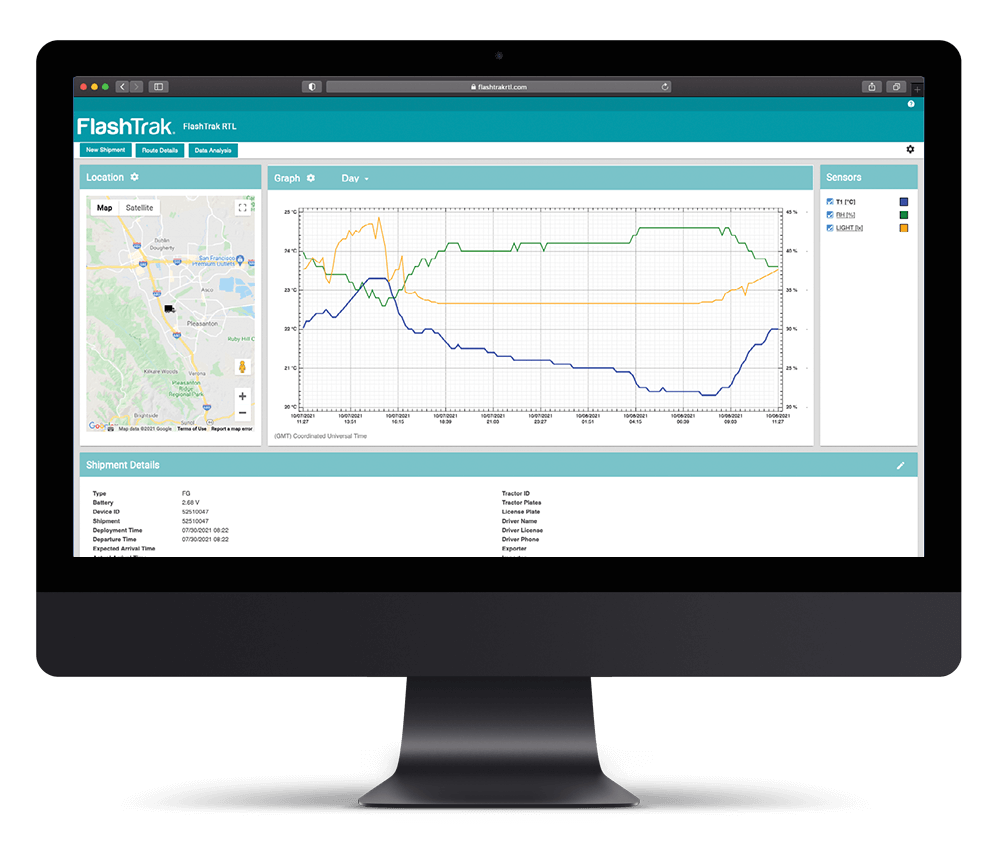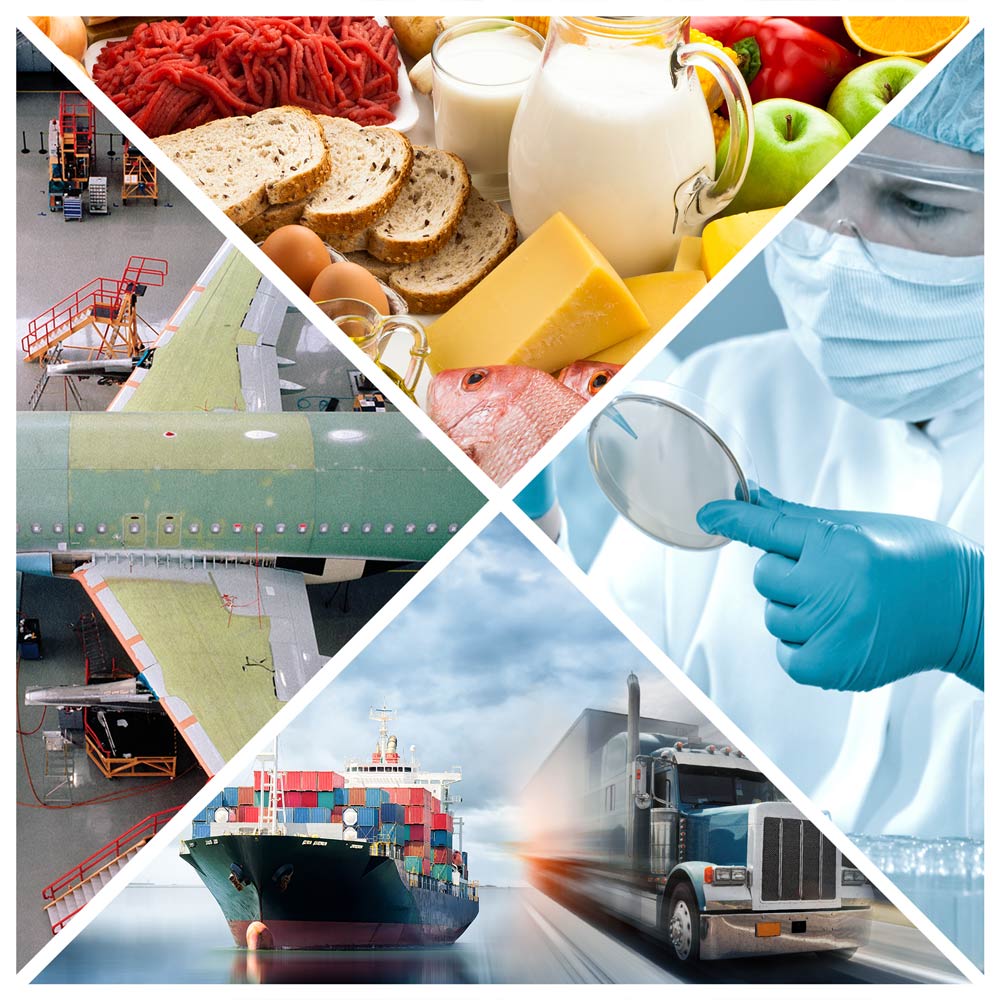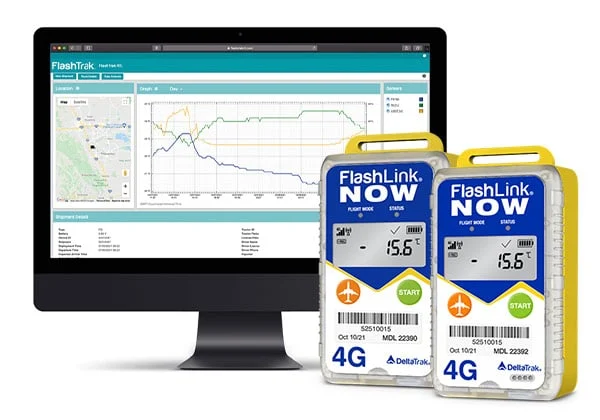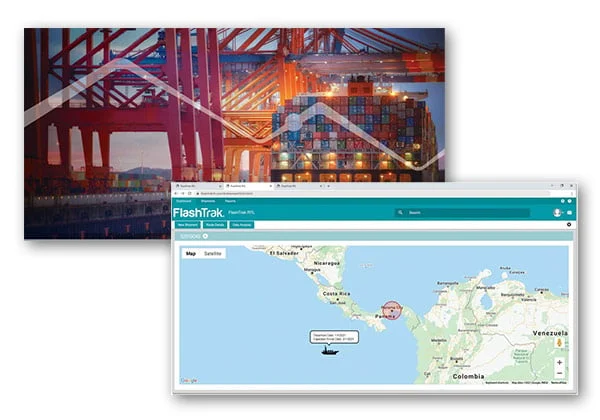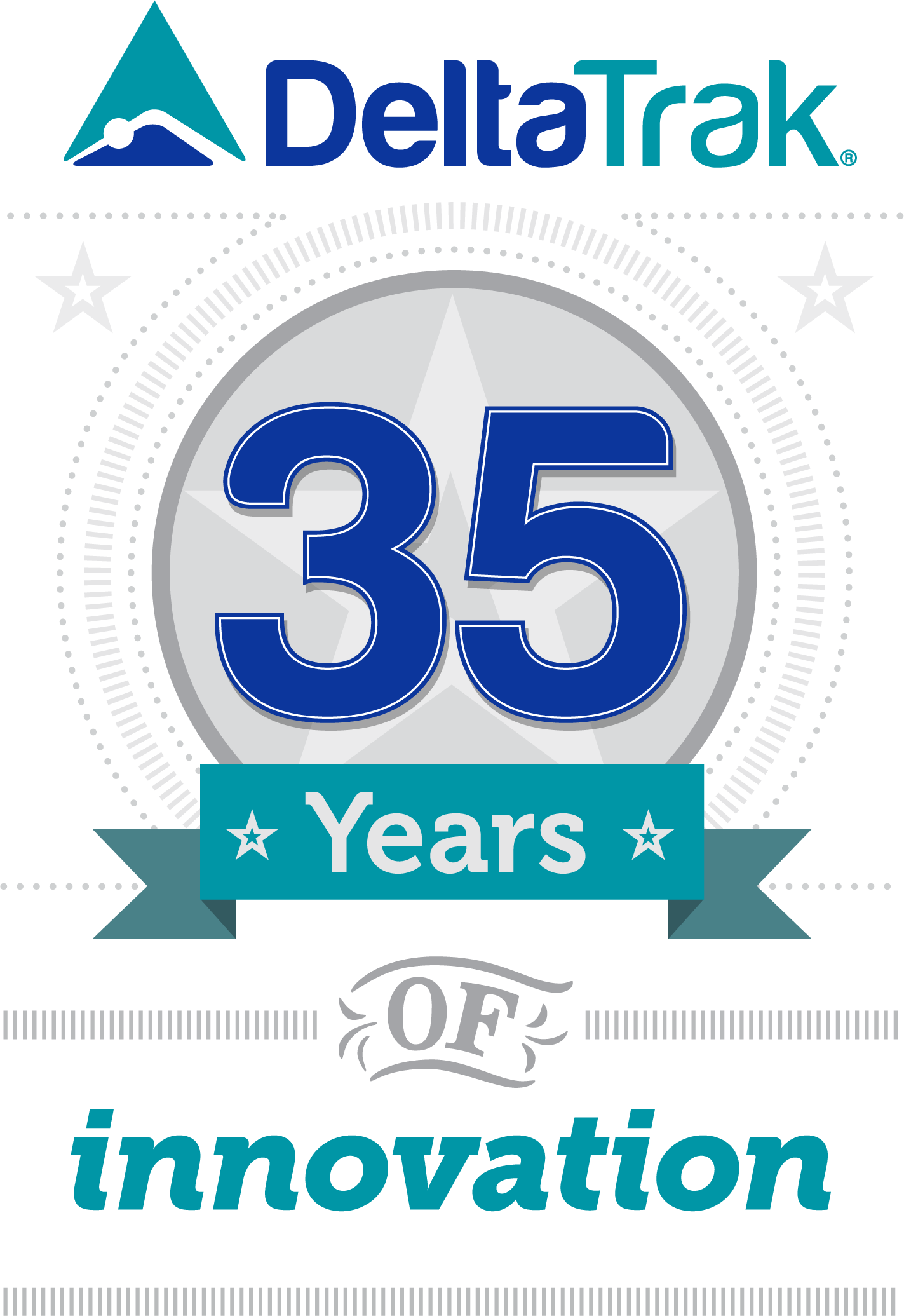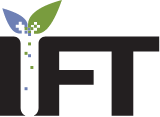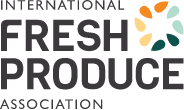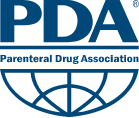


肉类和家禽业的新安全战略

由于 COVID-19 停产而导致的企业倒闭对经济和公民都造成了破坏性影响,他们现在无法养家糊口。对于那些有足够资金维持生计的企业主来说,这段时间是一个重新调整、重新聚焦并确定如何在新环境下以最佳方式继续经营的机会。另一类企业,例如肉类和家禽加工商,则没有停业时间,因为他们仍在继续经营。有些企业的产品需求甚至出现了大幅增长。虽然对食品的需求大幅增加,但工人的疾病却让企业难以应对。肉类和家禽行业的雇主不得不重新调整和调整,同时继续提供消费者所需的产品。
员工安全
COVID-19 大流行要求我们以新颖的方式开展业务。特别是在安全方面,我们已经发生了转变。因此,员工安全计划也被迫不断发展。员工安全计划的目的是确保员工工作环境的安全和健康。其重点通常是预防因工作环境中的事件或条件而导致的事故和疾病。现在,员工安全已扩展到包括来自外部的新威胁,如冠状病毒。全面的预防计划应包括对员工进行 COVID-19 症状筛查。美国疾病控制中心发布了针对工作场所的缓解活动,其中概述了帮助企业管理 COVID-19 情况的建议。疾病控制中心根据企业所在社区的传播水平提出了具体建议。其中一项指导是 “考虑每天对进入建筑物的员工和访客进行亲自或虚拟健康检查(如体温和呼吸道症状筛查)(如果可行)”。通过遵循这一指导,管理层可以在员工进入工作场所前发现任何可能生病或发烧(通常是感染 COVID19 的第一个迹象)的员工。此外,还建议在多个设施入口处对员工进行筛查。
测量员工体温似乎是一项艰巨的任务,尤其是在员工人数众多的情况下。然而,一个周密、详细的流程以及正确的工具将有助于管理层从长远角度避免问题的发生。由于 COVID 疫情爆发,一些肉类加工厂已经暂时关闭了工厂。有些工厂甚至关闭了多个分厂。泰森食品公司(Tyson Foods)、JBS 和珀杜(Perdue)只是其中几家制定了新政策和程序以减少病毒传播的公司。泰森和珀杜已经开始为员工量体温、提供面部遮盖物,并在生产车间和休息区拉大工人之间的距离。两家公司还对设施进行了改造,如设置隔板将工人分开。珀杜公司使用的隔板由有机玻璃或拉伸塑料袋制成。
职业安全与健康管理局(OSHA)是根据 1970 年《职业安全与健康法案》成立的,负责制定和执行保护员工健康与安全的标准。职业安全与健康管理局的标准涵盖了大多数私营企业和部分公共部门的雇主。已经编写了防止冠状病毒在工作场所传播的指南,最近又进行了更新,增加了保存记录的要求。OSHA 强制规定,员工人数超过 10 人的公司必须报告任何符合以下标准的 COVID-19 传播事件:
- 根据疾病预防控制中心(CDC)的指导方针,该病例被确认为 COVID-19。
- 根据 OSHA29 CFR(美国联邦职业安全与健康管理局)第 1904.5 号标准的定义,该病例与工作有关。https://www.osha.gov/laws-regs/regulations/standardnumber/1904/1904.5
- 病例涉及 OSHA29 CFR–标准编号 1904.7 中规定的一个或多个一般记录标准,包括死亡、离开工作岗位天数、工作受限或调换工作、急救以外的医疗、意识丧失、经医生或其他持证医疗保健提供者诊断的重大伤害或疾病。
不过,员工有权要求将其姓名从公司的伤病记录中删除。
食品安全
大流行期间,有关食品安全的问题成为焦点,因为消费者在思考 COVID-19 是否会通过食物传播。医学专家认为,冠状病毒不会对食品供应构成风险,这是一个好消息。然而,我们知道食品供应始终面临着因卫生条件差和处理不当而受到影响的风险。美国有三个政府组织负责保护食品供应:疾病控制中心负责管理食品疫情;食品和药品管理局负责管理除肉类和家禽(占食品供应量的 80%)以外的所有食品;美国农业部负责管理肉类和家禽。在食品安全法规的指导下,这些组织旨在保护消费者免受劣质食品致病的危害。每年,大约有 4800 万美国人因食源性病原体而生病,3000 人因食源性病原体而死亡。现代食品安全监管始于 1906 年,当时通过了《纯净食品和药品法》。肉类检验法》也是在此期间通过的。辛克莱-厄普顿(Sinclair Upton)的《丛林》一书揭露了食品加工厂令人发指的状况,这项立法就是针对这一状况而通过的。
随着 2010 年《美国食品和药物管理局食品安全现代化法案》(FDA Food Safety Modernization Act,简称 FSMA)的通过(该法案于 2011 年 1 月 4 日成为法律),联邦政府实现了从应对食源性疾病爆发到预防食源性疾病爆发的转变。FSMA 涵盖五个重点领域:预防、检查与合规、应对、进口和加强合作。
在预防方面,FSMA 要求遵守具体准则,例如要求食品设施制定并实施预防控制计划。计划必须包括以下内容:与食品有关的潜在危害分析;为减少或预防危害而实施的步骤和控制措施概述;监测和记录控制措施的方法;以及为解决任何故障而采取的措施蓝图。第二项预防措施要求食品和药物管理局制定农产品生产和收获标准。这些标准涉及管理自然危害以及个人有意或无意行为造成的危害。同样,还必须考虑温度控制、土壤添加剂、工人卫生、包装、水和种植区动物的影响。预防工作的最后一项内容授权食品及药物管理局实施防止蓄意食品污染的战略。
请参见新的《食品安全和环境管理法案》COVID-19 准则。https://www.fda.gov/food/food-safety-modernization-act-fsma/whats-new-fsma
参见新的 FSMA 食品安全仪表板。https://www.fda.gov/food/cfsan-constituent-updates/fda-launches-fda-track-food-safety-dashboard-track-fsma-progress
供应链
在食品供应链中,控制和监测温度对于预防疾病和遵守《食品安全现代化法案》至关重要。在保护消费者免受食源性疾病侵害方面,现实世界中有无数失误的例子。美国食品和药物管理局在 2019 年调查了 16 起疫情,均由李斯特菌和沙门氏菌等病原体引起。今年已经有三起疫情调查,最近一起发生在 6 月份。加工后冷藏肉类和家禽,并在储存和运输过程中保持适当的温度(40 华氏度或以下),可以减缓致病菌的生长。
数据记录仪等温度监测设备有助于向肉类和家禽生产商保证其产品可供消费者安全食用。在食品储存和运输过程中使用数据记录仪可提供有价值的文件,为遵守法规提供支持,并为因运输变质食品而引起的任何索赔提供支持。从加工厂到零售杂货店或餐馆,供应链的每一个环节都应使用数据记录仪。在食品运输的每一个环节,托运人都必须能够验证是否保持了正确的温度。数据记录仪就是用来支持这种验证的。
在考虑购买何种数据记录仪时,有几项关键功能应列入清单。首先,记录仪应内置软件,使生产者和接收者可以使用智能手机或下载 PDF 或 CSV 报告,快速、方便地访问行程数据。有了这项功能,就无需单独购买软件包。自定义某些记录参数(例如采样间隔)的能力非常重要,因为客户的要求可能各不相同。也许最重要的功能是保证。由于责任重大,托运人最不需要担心的就是设备是否真的在行程开始前被激活。即使在未激活的情况下也能记录行程数据的记录仪是无价之宝。DeltaTrak 40443 型数据记录仪和 40457 型数据记录仪分别用于国内货运和出口货运,可提供上述功能和更多功能。
参考文献
2020年3月,OSHA.gov,”Covid-19工作场所准备指南”。[在线]。可查阅: https://www.osha.gov/Publications/OSHA3990.pdf
K.Skinner, “10x Genomics Becomes First One Medical Customer to Deploy Cohort-Based COVID-19 Employee Testing,” One Medical, May 19, 2020.[在线]。Available: https://investor.onemedical.com/news-releases/news-release-details/10x-genomics-becomes-first-one-medical-customer-deploy-cohort
K.Martin,”肉类供应商实施额外安全措施”,Winsight Grocery Business,2020 年 4 月 9 日。[Online].可查阅: https://www.winsightgrocerybusiness.com/fresh-food/meat-suppliers-implement-additional-safety-measures
“2019 年记录冠状病毒疾病病例的修订执法指南(COVID-19)”,职业安全与健康管理局 (OSHA),2020 年 5 月 19 日。[Online].Available:https://www.osha.gov/memos/2020-05-19/revised-enforcement-guidance-recording-cases-coronavirus-disease-2019-covid-19
D. Detwiler 博士,”了解食品安全法规的基础知识”,北方大学,2018 年 2 月 15 日。[Online].可查阅: https://www.northeastern.edu/graduate/blog/understanding-basics-food-safety-regulations/
“食源性疾病的爆发”,美国食品和药物管理局(FDA),2020 年 6 月 19 日。[Online].Available:https://www.fda.gov/food/recalls-outbreaks-emergencies/outbreaks-foodborne-illness
“运输肉类和家禽”,The Meat We Eat.com,2017 年 5 月 30 日。[Online].Available:https://meatscience.org/TheMeatWeEat/topics/article/2017/05/30/transporting-meat-and-poultry

